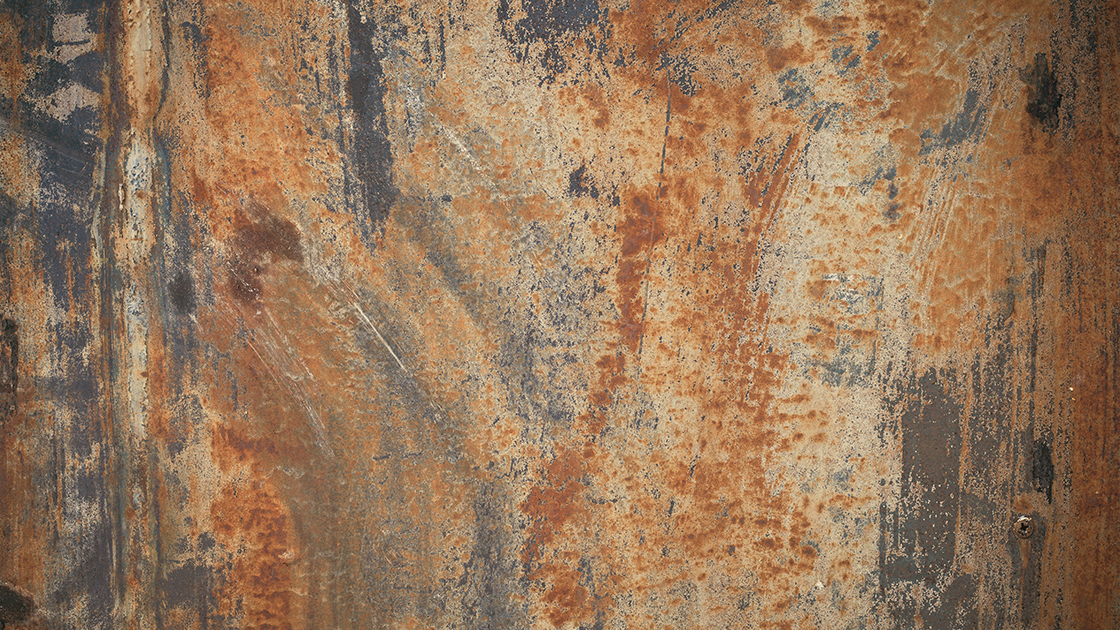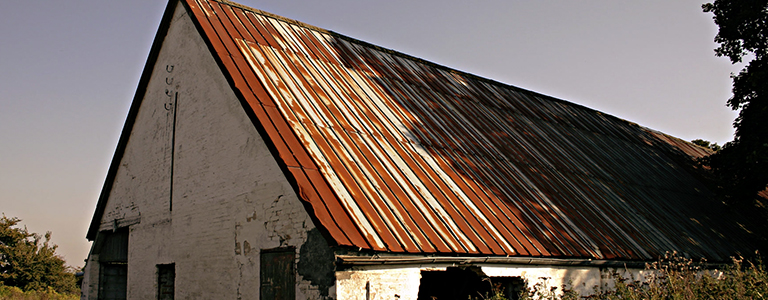
Sydneysiders often encounter rust on their metal railings, balconies and furniture. The closer you live to the ocean, the more likely you will discover your property is prone to corrosion.
Rusting can be a minor, unsightly inconvenience. But it can also lead to serious complications with a structure’s stability and even cause health concerns.
Keep reading to find out more about how you can prevent corrosion.
How does corrosion occur
Rust is a prevalent compound and is formed when iron and oxygen react in the presence of moisture. It is commonly seen as reddish-orangish flakes on metal surfaces. Although it isn’t exclusively this colour.
Corrosion can also be green in cases where iron reacts with chloride underwater. Over time, the surface of objects and structures rust away.
Eventually if left untreated, the entire system will corrade and completely disintegrate.
The process can take a while to become extremely dangerous, but some processes can speed up the corrosion such as high exposure to water and salt.
This is why it is essential to identify and prevent or act on any rust indicators as soon as possible to minimise the cost of damages and hazards.
Dangers of rusted metals and areas
Rust can be a minor issue if it stains your clothes or is not pleasing to the eye. It becomes a more significant issue once it compromises the buildings and structures.
Metal bridges, balconies, roofs, and anything else metal supporting or supported by another structure are prone to corrosion.
These areas need to be regularly closely examined for signs of water damage or rust.
Once the chemical reaction eats through the metal’s surface, disaster prevention and costly repairs are the only options available.
Prevention is always better than damage control. So, make sure you know the early signs of rust.
Sam’s Welding inc. identifies three stages of rust:
- Stage Zero
The ideal baseline where no rust is present. There should be no signs of etching or pitting on the metal’s surface. The paint should not show bubbling or cracking. Action can still be taken to minimise the potential of rust, but as no rusting is present, rust treatment measure does not need to be taken.
- Stage One
You may notice some corrosive colouring on the metal. The paint on the surface may be bubbling or cracking, but the base material should be relatively undamaged.
This stage is the beginnings of a rust problem, and action needs to be taken before damages are too extensive.
- Stage Two
The rusting will have intensified and begin to form rust substance called “scale”. The corrosion would have penetrated the surface metal into the base metal. A professional can sand and prime the metal if the damages aren’t too extensive.
With the three stages of corrosion in mind, you must also remember that rust can be a health hazard, causing tetanus when in contact with an open wound.
At its worst, tetanus can be deadly; therefore, it is essential to evaluate the state of rust and attend to the damages accordingly and immediately.
Sydney waterproofing solutions to prevent rust
Some common ways to prevent rust are keeping your metal surfaces clean and dry, controlling scratches, applying protective coatings, using stainless steel or galvanised metal and waterproofing.
Be sure to routinely check any areas in your building prone to rust. Discovering any problems early on will help you find an effective solution, whether that is balcony waterproofing for your property or remedial waterproofing.
The best way to prevent illness, damage costs and hazards is to waterproof your treated metals.
Waterproofing protects your area from rust, acting as an additional watertight layer between your metals and any exposure to moisture and oxygen.
To find out more about waterproofing options to prevent water damage and rust, contact the leading waterproofers in Sydney, Titan Waterproofing on 1300 761 219 to chat more about your waterproofing needs.

